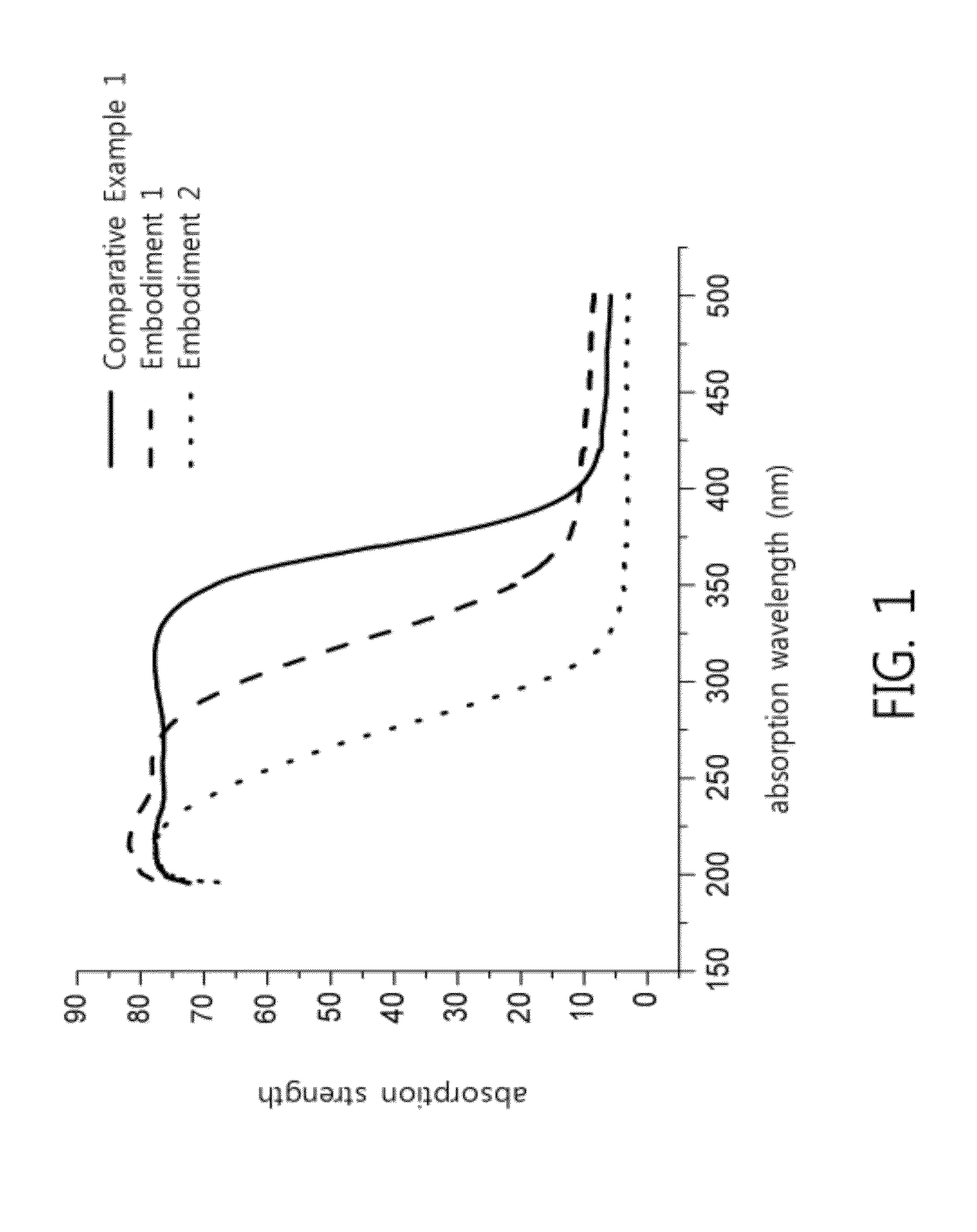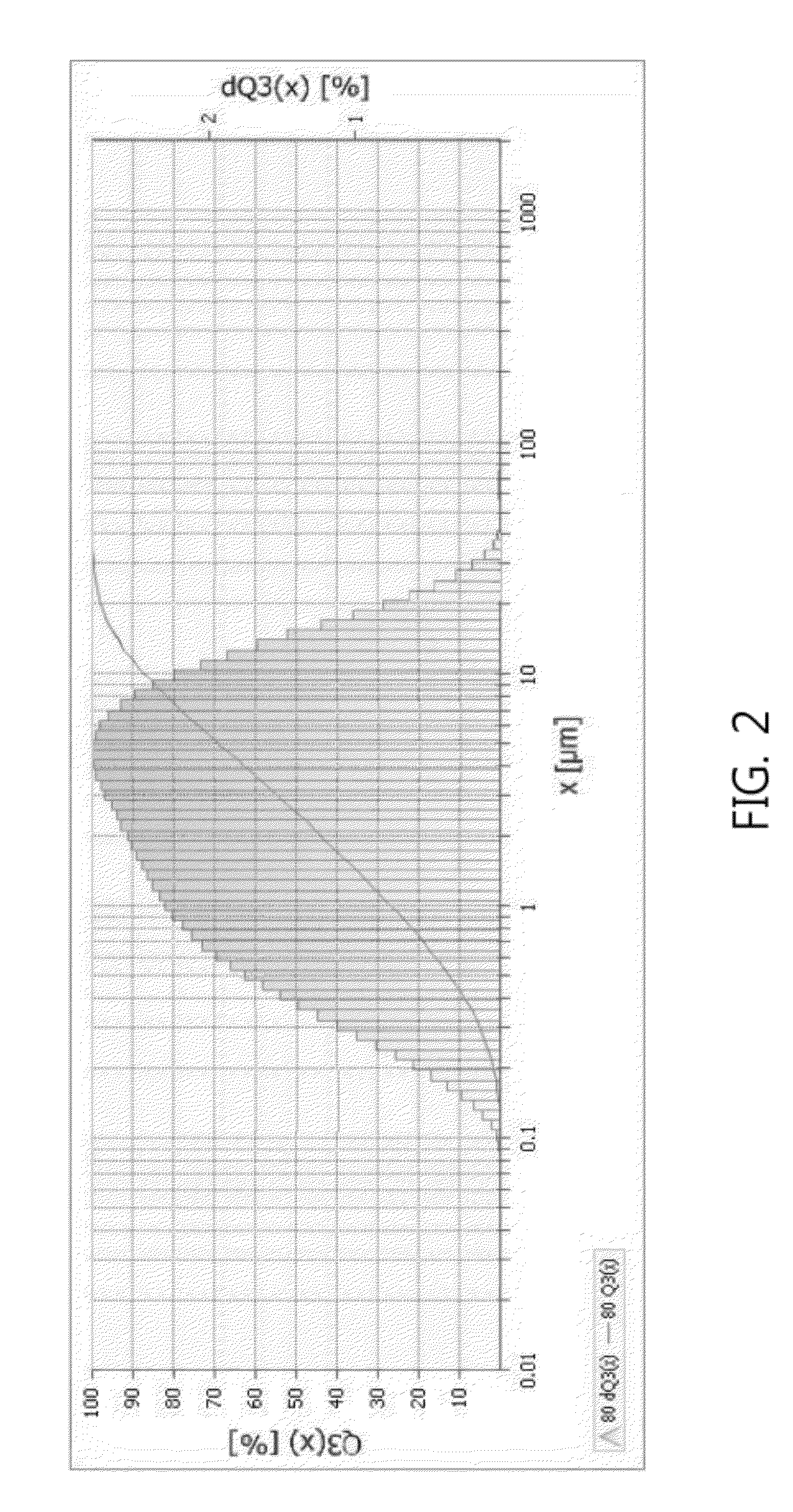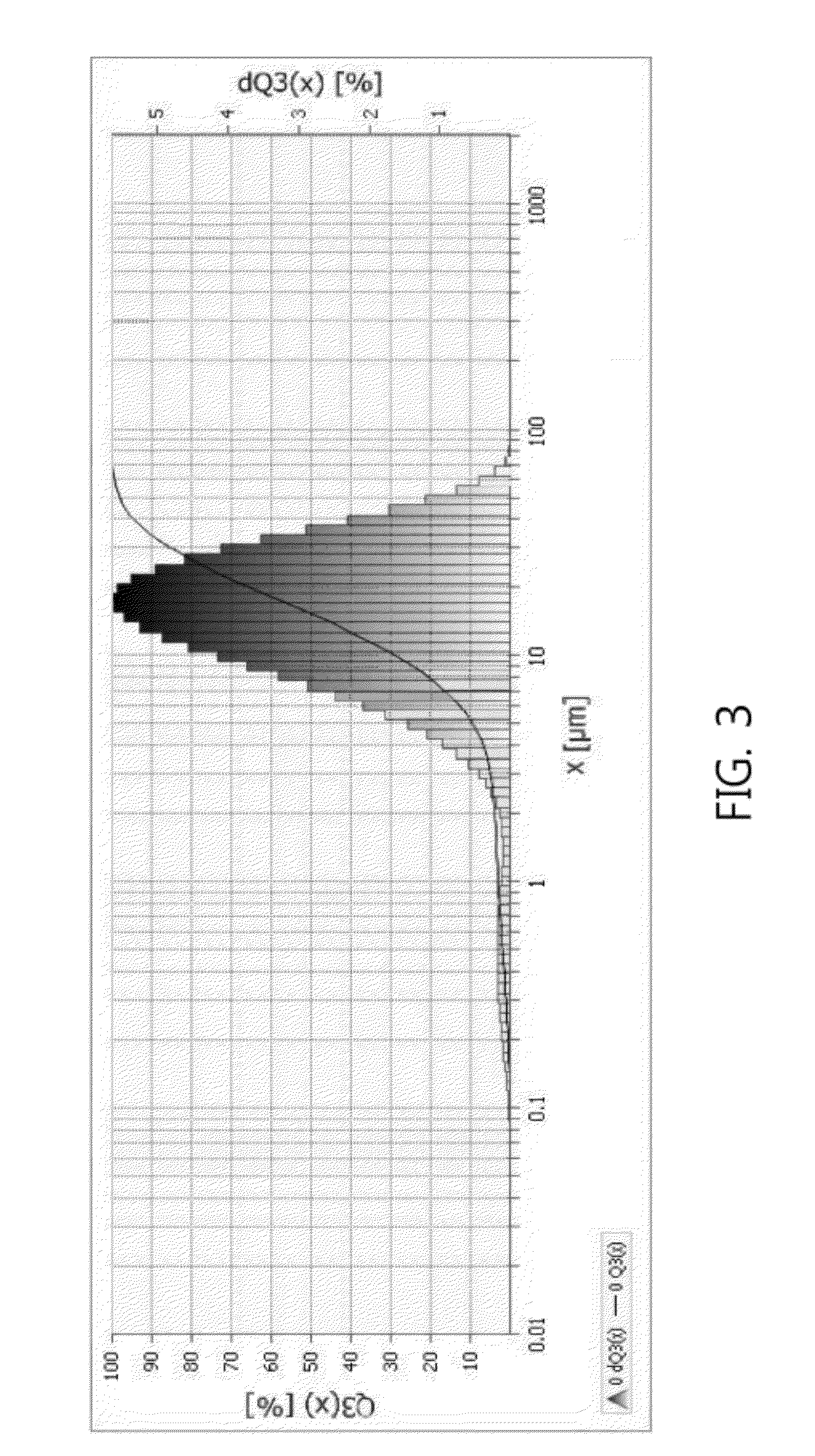Method for preparing large-sized titanium-silicalite molecular sieve and method for preparing cyclohexanone oxime using the molecular sieve
a technology of titaniumsilicalite and molecular sieve, which is applied in the preparation of oximes, physical/chemical process catalysts, organic chemistry, etc., can solve the problems of catalyst degradation, reduced order degree of materials, and inability to mix two materials evenly, and achieve high selectivity of cyclohexanone oxime, high conversion rate of cyclohexanone, and high use efficiency of hydrogen peroxide
- Summary
- Abstract
- Description
- Claims
- Application Information
AI Technical Summary
Benefits of technology
Problems solved by technology
Method used
Image
Examples
embodiment 1
[0024]A flask (500 ml) was nitrogen sealed under vacuum. 1.98 g of tetrabutyl titanate was added into the flask, and then cooled down to 5° C. Then, 30 g of tetraethyl silicate was dropped into the flask, and then stirred for 1 hour. 56 g (20 wt %) of tetrapropylammonium hydroxide solution was dropped into the flask, and then stirred for 1 hour. After the temperature of the reaction system was back to the room temperature, the mixture was stirred for 1 hour. Then, the mixture was heated at 85° C. for 2 hours; meanwhile, a dispersion solution was prepared (10.8 g of colloidal silica solution (40 wt %) was dispersed in 73.5 g water). The titanium-silicon template agent gel mixture was mixed with the dispersion solution and stirred for 1 hour. The gel mixture mixed with the colloidal silica was sealed in a stainless steel can having a Teflon liner, and was heated at 180° C. for 120 hours. Then, the solid was separated from the liquid, and was cleaned with pure water to be neutral. The ...
embodiment 2
[0025]A flask (500 ml) was nitrogen sealed under vacuum. 1.98 g of tetrabutyl titanate was added into the flask, and then cooled down to 5° C. Then, 30 g of tetraethyl silicate was dropped into the flask, and then stirred for 1 hour. 56 g (20 wt %) of tetrapropylammonium hydroxide in isopropanol solution was dropped into the flask, and then stirred for 1 hour. Then, the reaction system was added slowly with 44.8 of water, and stirred for 1 hour. After the temperature of the reaction system was back to the room temperature, the mixture was stirred for 1 hour. The alcohol was removed at 85° C. for 2 hours. Meanwhile, 10.8 g of Ludox AS-40 (colloidal silica solution) was dispersed in 73.5 g of water to form a dispersion solution. The titanium-silicon template agent gel mixture was mixed with the dispersion solution and stirred for 1 hour. The gel mixture mixed with the colloidal silica was sealed in a stainless steel can having a Teflon liner, and was heated at 180° C. for 120 hours. T...
embodiments 3-6
[0026]These embodiments were similar to Embodiment 2 except that 14.4 g of Ludox AM-30, 10.8 g of Ludox HS-40, 8.64 g of Ludox TM-50 or 14.4 g of Ludox SM-30 (colloidal silica solution) was dispersed to form a dispersion solution, so as to obtain the catalyst samples 4-7 (titanium-silicalite molecular sieve having the average particle size: 10.54-18.60 um, and the median particle size (d50): 9.35-13.03 um).
PUM
| Property | Measurement | Unit |
|---|---|---|
| Particle size | aaaaa | aaaaa |
| Weight | aaaaa | aaaaa |
| Molar ratio | aaaaa | aaaaa |
Abstract
Description
Claims
Application Information
 Login to View More
Login to View More - R&D
- Intellectual Property
- Life Sciences
- Materials
- Tech Scout
- Unparalleled Data Quality
- Higher Quality Content
- 60% Fewer Hallucinations
Browse by: Latest US Patents, China's latest patents, Technical Efficacy Thesaurus, Application Domain, Technology Topic, Popular Technical Reports.
© 2025 PatSnap. All rights reserved.Legal|Privacy policy|Modern Slavery Act Transparency Statement|Sitemap|About US| Contact US: help@patsnap.com



